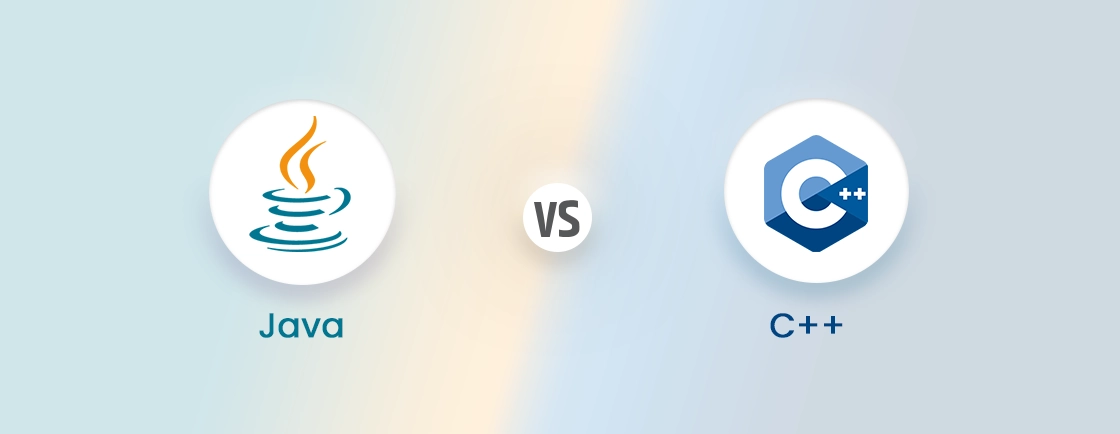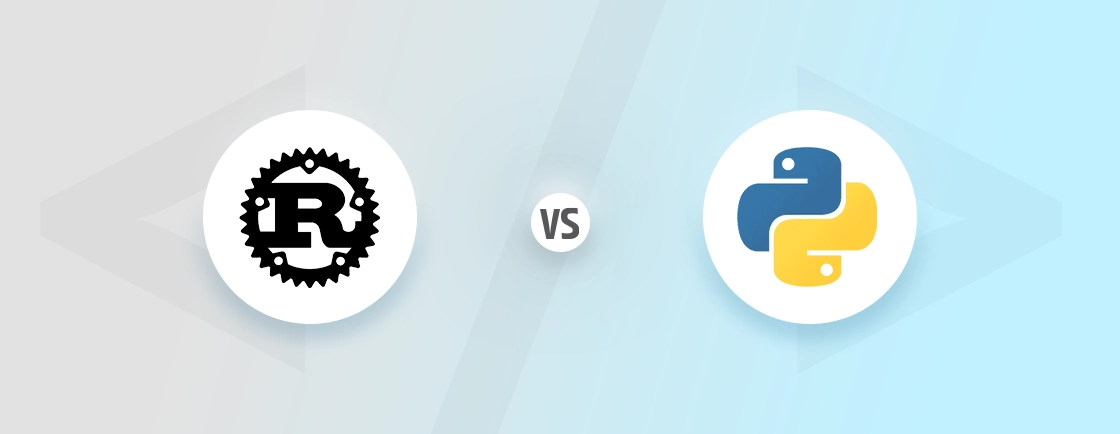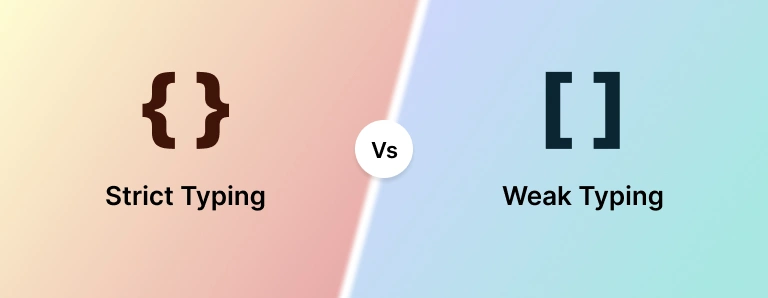Table of Contents
Nowadays, a website is the in-lay for anyone trying to start a business or venture into a new industry. But not everyone has the coding skills and expertise to build a dynamic website. That’s where no-code platforms like Webflow and Softr come in.
But of course, they cater to different needs. Webflow excels in design flexibility and CMS-driven sites. Softr, on the other hand, specializes in rapid app development with Airtable integration. How else do they differ?
Well, this blog will compare Webflow vs Softr based on their features, pricing, ideal use cases, and more. Plus, you’ll know how the web development experts choose between them. So let’s get straight into it.
Webflow vs Softr: Comparison Table
| Factor | Webflow | Softr |
|---|---|---|
| Primary Use | Custom websites, marketing sites, CMS-driven pages | Web apps, client portals, SaaS products |
| Design Flexibility | Highly customizable (CSS, animations, full design control) | Template-based with limited styling options |
| Backend & Logic | Requires integrations (Zapier, Airtable) or custom code | Built-in Airtable integration for dynamic data |
| Ease of Use | Steeper learning curve (designer-friendly) | Faster setup, simpler for non-designers |
| Pricing | Starts at $14/month (basic hosting) | Starts at $49/month (app features included) |
Basically, you may choose Webflow for pixel-perfect design and content-rich sites. But Softr would be more suitable if you need a fast, database-powered app with minimal design hassle.
Overview of Webflow
Webflow is a visual web design platform that combines the flexibility of custom coding with the ease of drag-and-drop editing. Unlike traditional website builders, it gives designers granular control over layouts, animations, and responsive behavior. That too, without requiring manual coding.
Key Features
- Pixel-perfect Design: Full control over CSS, grids, and interactions.
- Powerful CMS: Build dynamic, content-driven sites (blogs, portfolios, business sites).
- Hosting & Performance: Global CDN, fast load times, and scalable infrastructure.
- eCommerce Capabilities: Sell products with customizable storefronts (limited compared to Shopify).
- Code Export Option: Download your site’s HTML/CSS for self-hosting (Enterprise plan).
Pros of Webflow
- Unmatched Design Control: Full CSS, animations, and responsive fine-tuning.
- Powerful CMS: Ideal for blogs, portfolios, and content-heavy sites.
- No-code + Code Flexibility: Export code or add custom JavaScript.
- High-performance Hosting: Fast global CDN and scalable infrastructure.
- Strong SEO Tools: Built-in optimizations for search rankings.
Cons of Webflow
- Steep Learning Curve: Not beginner-friendly; requires design knowledge.
- Limited Backend Logic: Needs external tools (Zapier, Airtable) for databases.
- Expensive eCommerce: 2% transaction fee on top of payment processor fees.
- Overkill for Simple Apps: Better for websites than web apps.
Webflow shines when design precision and content structure matter most. While a steeper learning curve and backend integrations may make things a little harder, hiring our Webflow development company would be more suitable.
Overview of Softr
Softr is a no-code platform designed to turn data (primarily from Airtable) into fully functional web apps, client portals, and SaaS products. Unlike Webflow, which focuses on design flexibility, Softr prioritizes speed and functionality. That makes it ideal for building data-driven applications with minimal effort.
Key Features
- Airtable Integration: Seamlessly connects to Airtable for dynamic content and user permissions.
- Pre-built Templates: Launch client portals, membership sites, or internal tools in minutes.
- User Authentication: Built-in login, gated content, and role-based access control.
- Logic & Automation: Basic workflows without needing external tools (e.g., approvals, conditional visibility).
- Affordable Scaling: No transaction fees (unlike Webflow’s eCommerce plans).
Pros of Softr
- Rapid App Development: Build client portals & SaaS products in hours.
- Built-in Airtable Sync: Real-time data management without extra tools.
- User Authentication: Native logins, gated content, and role-based access.
- Lower Cost for MVP: No transaction fees; cheaper than Webflow for apps.
- Beginner-friendly: Easier to learn than Webflow.
Cons of Softr
- Limited Design Freedom: Fewer customization options than Webflow.
- Airtable Dependency: Requires Airtable for complex data.
- Basic SEO Features: Less optimized for content marketing.
- Not Ideal for Heavy Branding: Template-driven, less unique visuals.
Softr excels when functionality and speed matter more than pixel-perfect design. But there’s Airtable dependency, which can complicate things a little further.
Detailed Difference Between Webflow and Softr
When it comes to no-code web development, both Webflow and Softr are excellent platforms. But of course, one or the other will be better for every key factor. So let’s differentiate between them.
Ease of Use
Webflow offers a designer-friendly interface with drag-and-drop functionality. But mastering its full potential requires time, especially for animations and responsive behavior. Beginners may find its learning curve steep compared to simpler builders.
Softr, in contrast, prioritizes simplicity with pre-built templates and seamless Airtable integration. So users can create functional apps quickly without deep technical knowledge. It’s far more approachable for non-designers.
Verdict: Softr wins for ease of use.
Design Flexibility
Webflow is unmatched in design freedom, offering granular CSS control, custom animations, and pixel-perfect layouts. Designers can create unique, brand-aligned websites without coding.
Softr, while functional, relies on templates with limited styling options. It’s great for structured apps but lacks the creative liberty for visually complex projects.
Verdict: Webflow wins for design flexibility.
Hosting & Performance
Webflow includes enterprise-grade hosting with a global CDN, automatic SSL, and optimized performance for fast-loading sites.
Softr also provides reliable hosting but isn’t tailored for heavy content sites, making it slightly less robust for high-traffic needs.
Verdict: Webflow wins for hosting & performance.
Security
Webflow provides additional security features like role-based access and SOC2 compliance, ideal for businesses with strict data policies.
Softr depends on Airtable for backend security, which may require extra setup for advanced protection.
Verdict: Webflow wins for advanced security.
eCommerce
Webflow supports eCommerce with customizable product pages, checkout flows, and inventory management, though it charges a 2% transaction fee.
Softr isn’t built for eCommerce—it focuses on SaaS and internal tools, lacking native payment integrations.
Verdict: Webflow wins for eCommerce.
Pricing
Webflow has a free plan available. But the paid plan with more features starts at $14/month. While it’s for basic sites, it scales quickly for CMS and eCommerce, becoming costly.
Softr begins at $49/month, bundling app features like user logins, making it more affordable for functional apps.
Verdict: Softr wins for cost-effective app development.
Support
Webflow boasts extensive documentation, active community forums, and expert services for troubleshooting.
Softr has solid support but fewer learning resources, relying more on its user-friendly design for problem-solving.
Verdict: Webflow’s support ecosystem is richer; Softr’s simplicity reduces dependency on help.
Final Verdict
All in all, we can say that Webflow excels in design, performance, and scalability for content-rich or eCommerce sites. Softr, on the other hand, shines for rapid app development, especially when paired with Airtable.
When to Choose Webflow & Softr?
Now that you understand how these two platforms differ, it’s time to look at a few plausible scenarios where Webflow and Softr will be good choices.
Choose Webflow If You Need:
- A visually stunning website: Perfect for agencies, portfolios, or brands that demand pixel-perfect design.
- Advanced CMS capabilities: Ideal for blogs, news sites, or content-heavy platforms.
- Custom animations & interactions: Great for immersive storytelling or unique user experiences.
- Scalable eCommerce: Best for small-to-medium online stores (though with transaction fees).
- Full design control: If you (or your team) have design skills and want no-code flexibility.
Choose Softr If You Need:
- A functional app fast: Perfect for MVPs, internal tools, or client portals built on Airtable.
- Built-in user logins & permissions: Great for member-only sites or SaaS applications.
- Simple, clean interfaces: Works well if you prioritize functionality over complex design.
- No technical skills required: Easier for non-designers to build and launch quickly.
- Cost-effective database apps: More affordable than Webflow for data-driven projects.
To make it clearer, Webflow is go design-first websites and Softr is for function-first apps. To make the best choice for your project, it would be better to consult with a web development company. We analyze the project requirements and come up with the ideal platform and process flow.
So Which is Better? Webflow or Softr?
When it comes to choosing between Webflow and Softr, the answer depends entirely on your project’s needs. If you want complete design control, powerful CMS features, or a visually stunning website, Webflow is the clear winner. But if you need a fast, functional app with built-in user logins, Airtable integration, and minimal design hassle, Softr is the better choice.
There’s no “better” tool—just the right one for your goals. Pick based on what matters most: design freedom (Webflow) or speed and simplicity (Softr).
So, want a design-focused, high-quality website? Then connect with us today!
FAQs on Webflow vs Softr
Which is better for complete beginners? Webflow or Softr?
Softr wins for beginners with its simple drag-and-drop interface and Airtable integration, letting users build apps quickly without design skills. Webflow has a steeper learning curve but offers more creative control for those willing to invest time.
Is Airtable required for Softr?
Yes, Softr relies on Airtable as its backend database. Webflow has its own CMS but can integrate with Airtable if needed, though it’s not required.
Can I export my site’s code?
Webflow allows code export (on paid plans), useful for developers who want full control. Softr doesn’t offer this—your app stays hosted on their platform.
Which has better templates? Webflow or Softr?
Webflow’s templates are design-focused and highly customizable. Softr’s templates are functional but limited in styling—better for structure than branding.
Can I create multi-language websites with both Webflow and Softr?
Webflow supports multilingual sites through manual workarounds or third-party tools like Weglot. Softr currently has no native multi-language support, requiring custom solutions. For global websites, Webflow offers more flexibility despite needing extra setup.
Compare the best tech side by side.
Our in-depth comparisons help you see features, pros & cons, and choose the right tools confidently.





